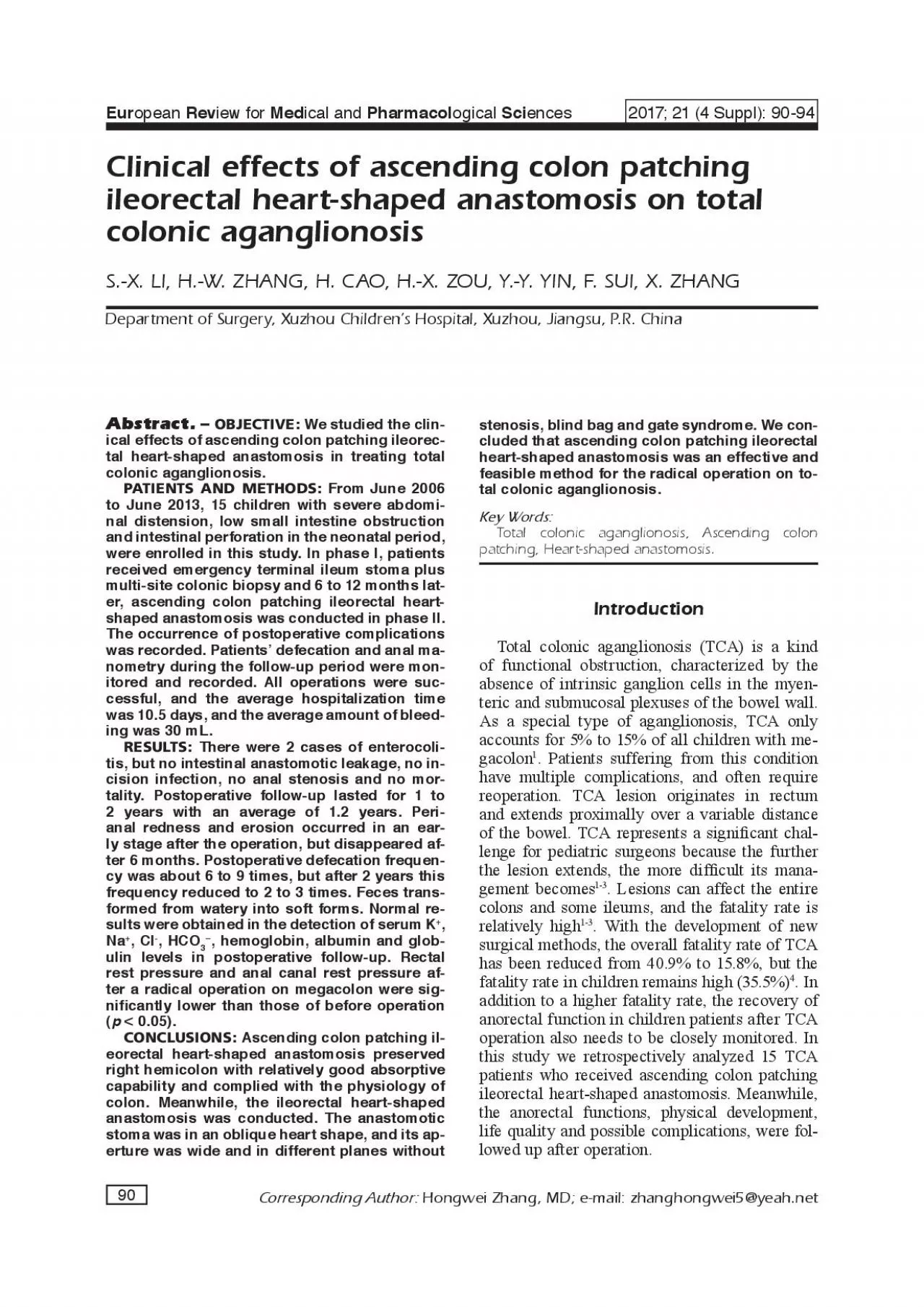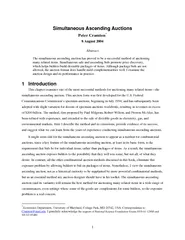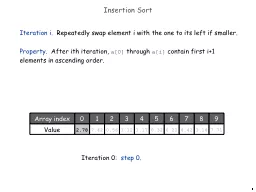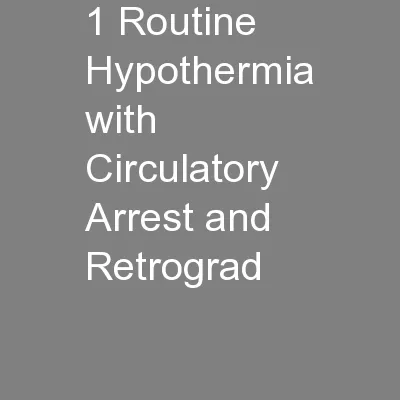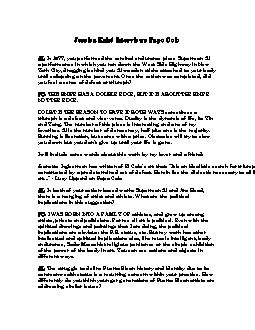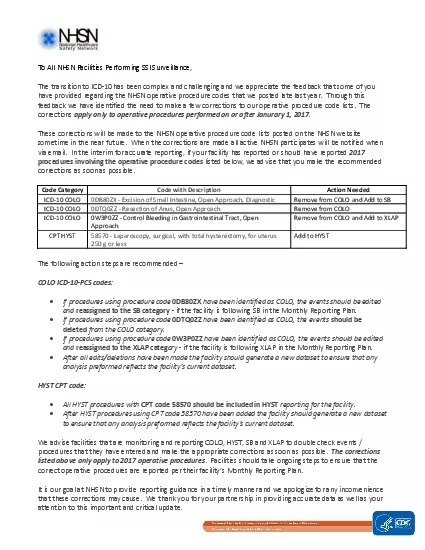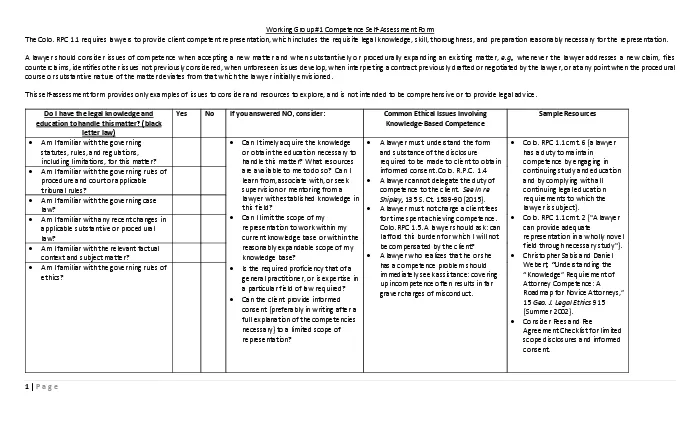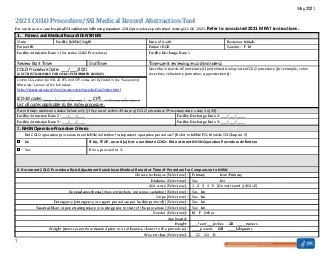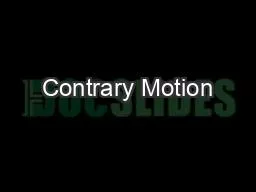PDF-Abstract OBJECTIVE We studied the clinical effects of ascending colo
Author : brown | Published Date : 2022-08-24
90 stenosis blind bag and gate syndrome We concluded that ascending colon patching ileorectal heartshaped anastomosis was an effective and feasible method for the
Presentation Embed Code
Download Presentation
Download Presentation The PPT/PDF document "Abstract OBJECTIVE We studied the clinic..." is the property of its rightful owner. Permission is granted to download and print the materials on this website for personal, non-commercial use only, and to display it on your personal computer provided you do not modify the materials and that you retain all copyright notices contained in the materials. By downloading content from our website, you accept the terms of this agreement.
Abstract OBJECTIVE We studied the clinical effects of ascending colo: Transcript
Download Rules Of Document
"Abstract OBJECTIVE We studied the clinical effects of ascending colo"The content belongs to its owner. You may download and print it for personal use, without modification, and keep all copyright notices. By downloading, you agree to these terms.
Related Documents

